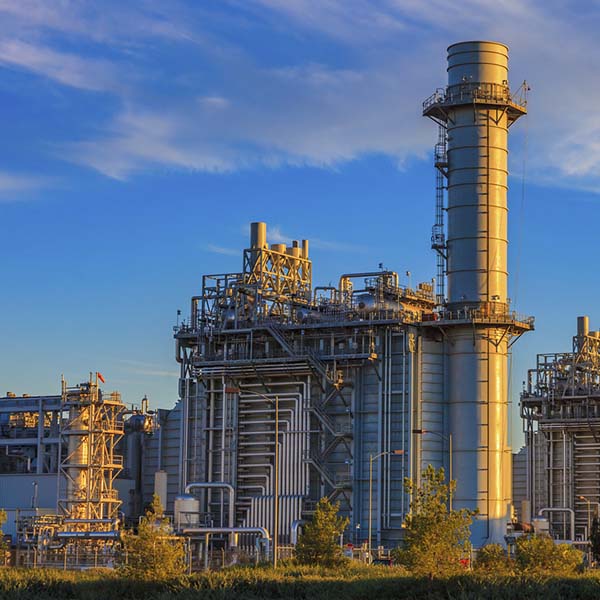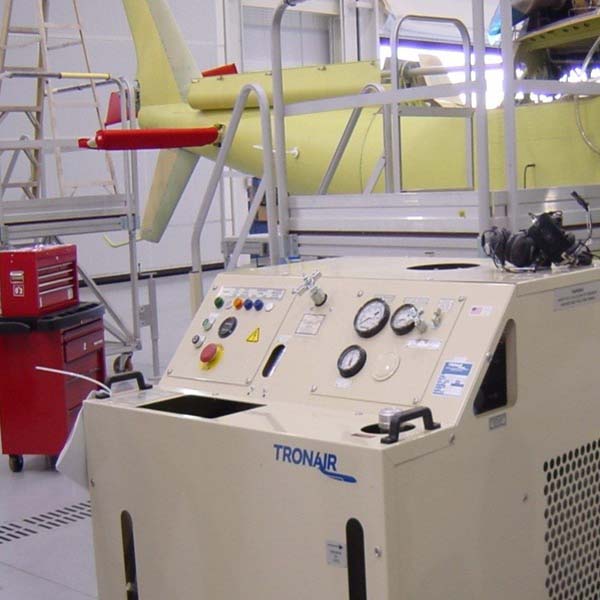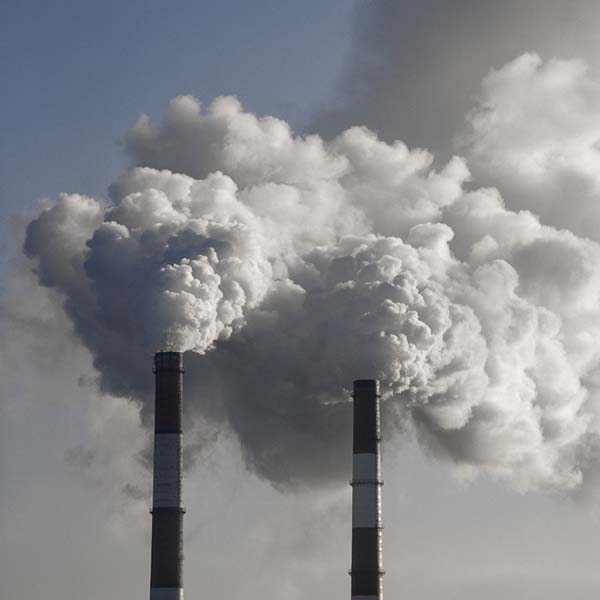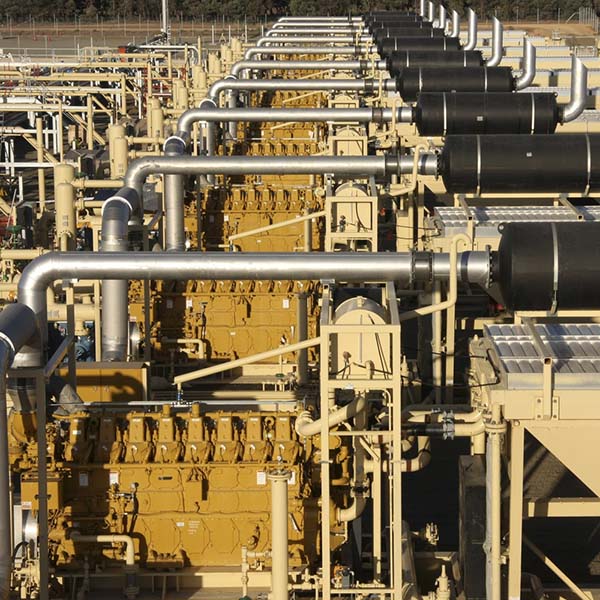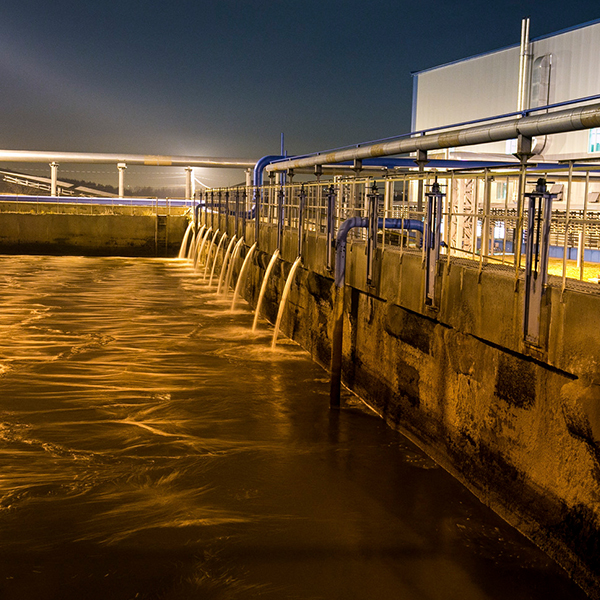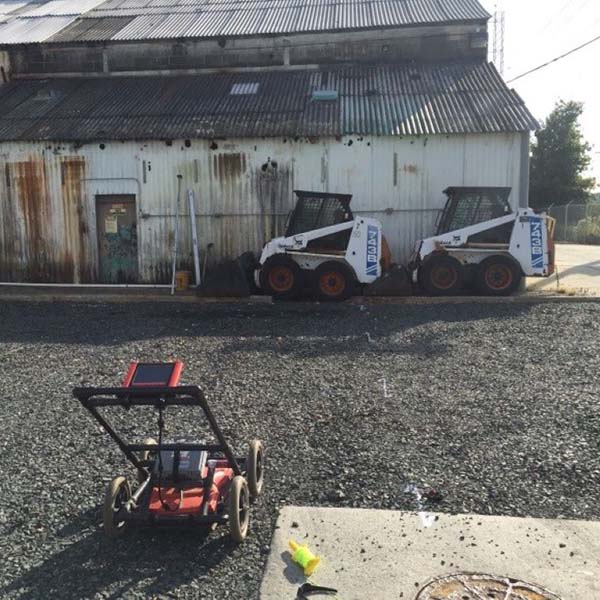Langan Chemical Industry Qualifications
Founded in 1970, Langan employs more than 1,400 professionals in its Parsippany, NJ headquarters and among various regional offices. We provide an integrated mix of engineering and environmental consulting services in support of land development projects, corporate real estate portfolios, and the energy industry. Our clients include developers, property owners, energy companies, colleges & universities, public agencies, corporations, and institutions around the world.
Due to the high demand for petroleum and specialty chemical products and strict regulation of the industry, it is a challenge for environmental managers to achieve their remedial objectives while complying with ever-changing regulations. Langan has a proven history of helping petroleum managers achieve their objectives at complex sites by developing remedial programs that focus on compliance and risk-based remedial decisions.
Our knowledgeable team includes professional geologists, hydrogeologists, engineers and compliance specialists that have been serving the specialty chemical and petroleum industries for two decades. This core team is complemented by an array of in-house services that include site/civil, geotechnical, and natural resource engineering. These broad capabilities allow us to maintain the creativity and technical knowledge required to solve environmental and engineering problems at challenging sites.
Power Plant Wastewater Treatment System Design
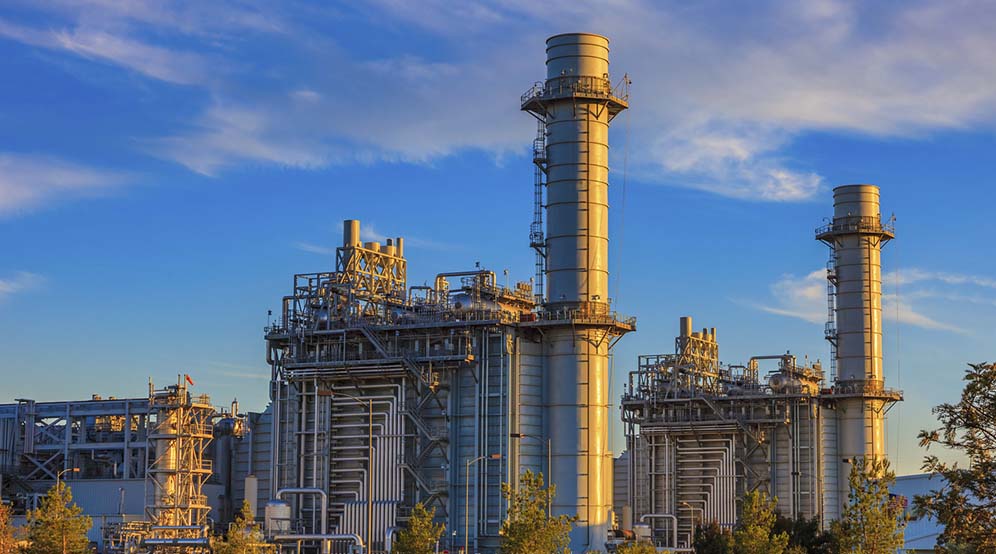
Location
PA
Client
Confidential Power Plant Facility
Service
Design of an Oil/Grease Removal System for Industrial Wastewater
Replacement of Industrial Waste Treatment Basin Liner
Augusta Aerospace – Environmental Compliance Audit
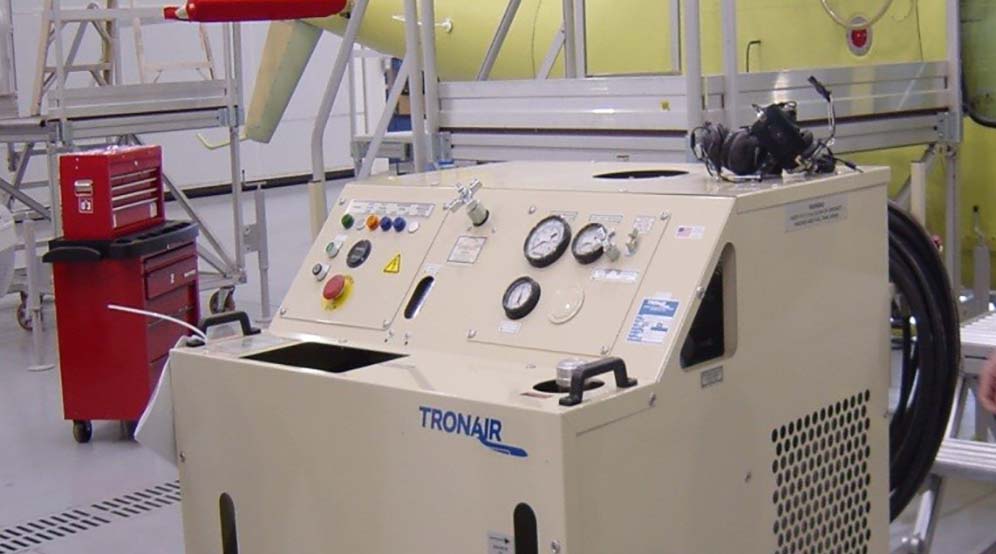
Location
Philadelphia, PA
Client
Augusta Aerospace
Service
Waste Management
Air Emissions Permitting
Environmental Compliance
Air Emissions – Permit Renewal And Compliance

Location
Philadelphia, PA
Client
Confidential Fleet Operations
Service
Synthetic Minor Operating Permit
Annual Compliance Monitoring Reports
Annual Emissions Inventory Reporting
Permit Compliance Assistance
Environmental Compliance
Air Emissions – Minor Source Permitting
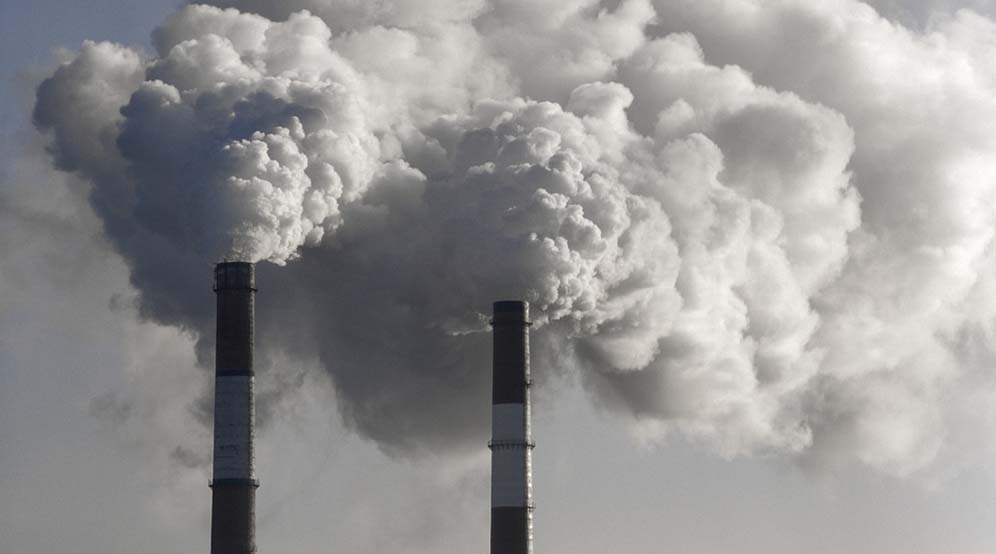
Location
Collegeville, PA
Client
Transicoil LLC
Service
Regulatory Reviews
Emissions Calculations
Agency Negotiations
Synthetic Minor Operating Permit
Compressor Station Air Permitting
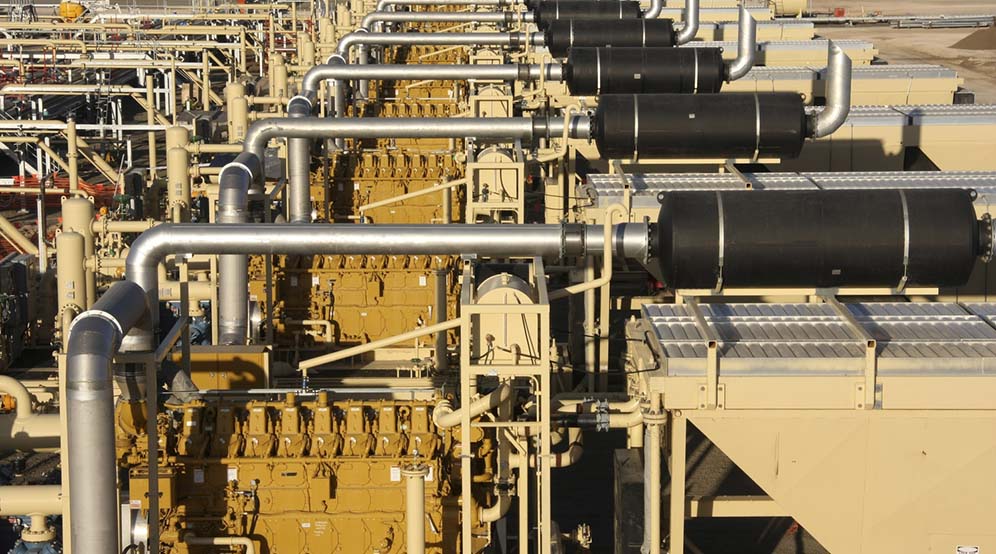
Location
Washington County & Greene County, PA
Client
Rice Poseidon Midstream
Service
Air Permitting
Regulatory Applicability
Single Source Determination
Request for Determinations (RFD)
Coil Coater Wastewater Treatment System Design
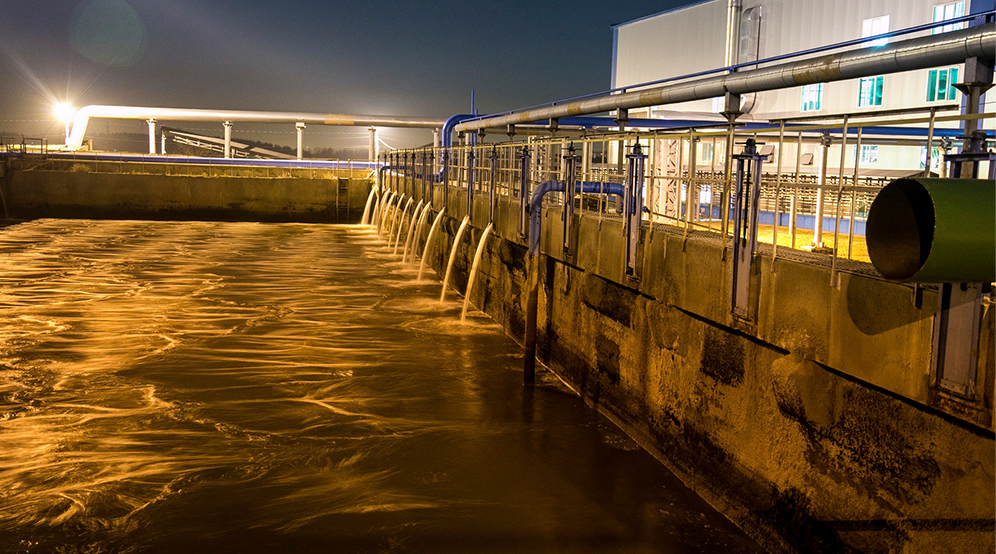
Location
NJ
Client
Confidential – Coil Coating Facility
Service
Solids Removal System Design to Treat Industrial Process Wastewater
Reagent Chemical
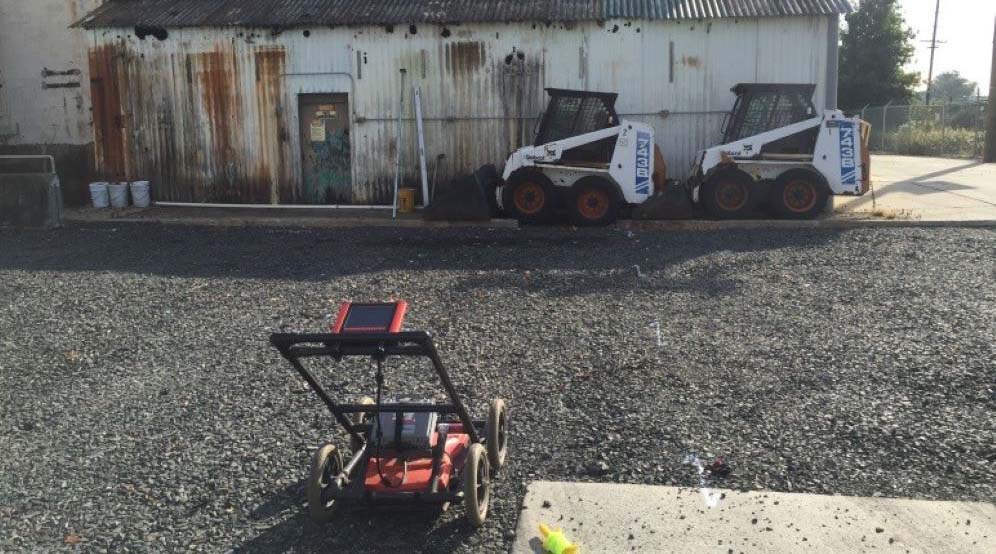
Location
Middlesex, NJ
Client
Reagent Chemical and Research, Inc.
Service
Site Remediation
NJDEP/County File Review & Reporting
Soil Sampling
Innovative Technologies – Phytoremediation


